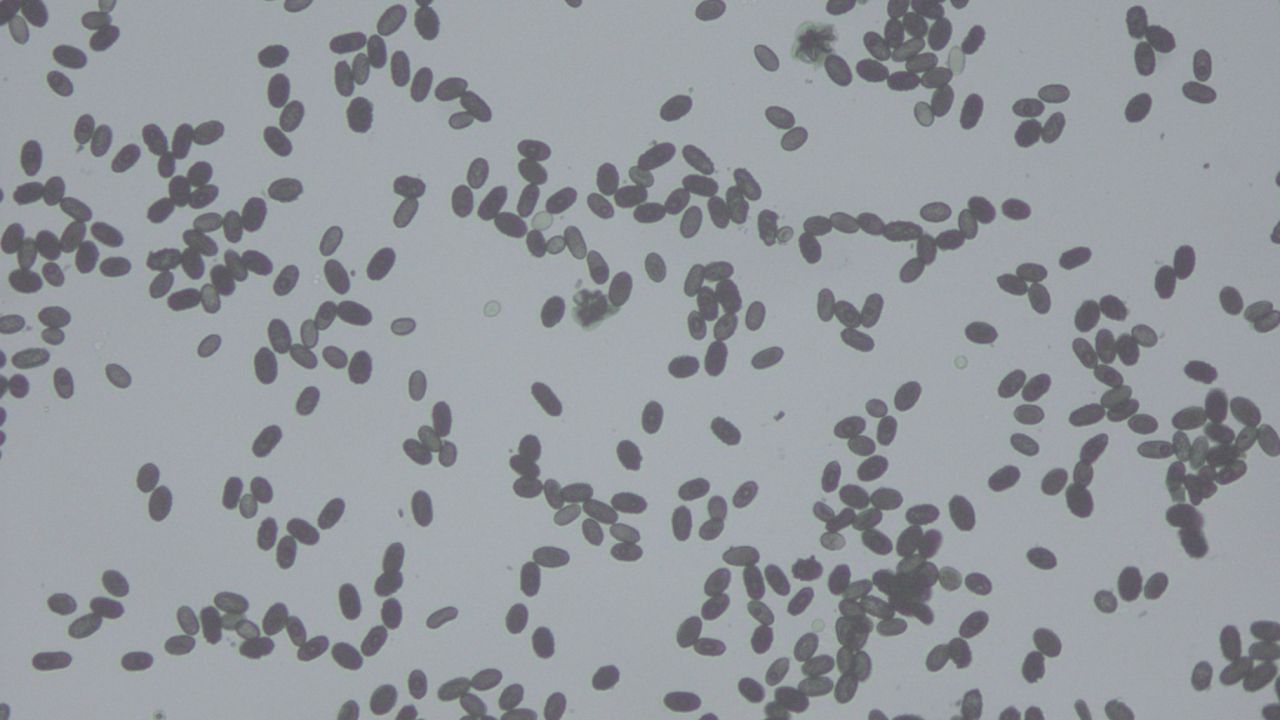Mary offers some helpful hints in reducing the occurrence of mould in your property

MOULD
Have you noticed mould in your property? Mould is a fungal growth that grows in homes under the right conditions of dampness, darkness and poor ventilation. Walls, timber, carpet, furniture and fabrics can harbour mould if they stay damp for extended periods. And don’t forget thoroughly dry the shoes and handbags before putting them away!
TYPES OF MOULD
The most common types of mould include aspergillus, cladosporium and stachybotrys atra (also known as black mould).
Mould that appears to be orange or red in colour is typically found outdoors, given its nature to thrive on decaying plants or moist wood. This type of mould, which can appear slimy, is harmless and should only be removed for aesthetic purposes.
White mould is not technically a type of mould, but the good news is that this typically indicates the mould is only in the early stages of growth and can easily be treated.
HOW IT GROWS
Mould can be a problem and is often found in areas where water has damaged building materials and furniture from flooding or water leaks. Mould often grows in rooms with both high water usage and humidity, such as kitchen, bathrooms, laundry rooms and basements.
Mould enters your home as tiny spores. The spores need moisture to begin growing, digesting and destroying. Moulds can grow on almost any surface including wood, ceiling tiles, wallpaper, paints, carpet, sheet rock and insulation. The mould grows best when there is lots of moisture say from a leaky roof, high humidity or flood. When mould is disturbed, it releases spores into the air. You can be exposed by breathing air containing these mould spores. You can also be exposed through touching mouldy items, eating mouldy food or accidental hand to mouth contact.
KEEPING YOUR HOME MOLD FREE
If you know of water-damaged areas in your home, even before you notice signs of mould, it is time to take action to control its growth.
Some helpful hints regarding condensation management and mould growth are -
1. Keep windows and doors dry inside by ventilating rooms with open windows or doors.
2. Wipe away condensation and heat rooms with dry heat.
3. Ensure good ventilation at all times. Open curtain and blinds to let sunshine and ensure regular cleaning is conducted. Dirt and dust are a contributing factor to mould growth.
4. Run an exhaust fan whilst cooking, ensure these are regularly cleaned to avoid blockages.
5. Run an exhaust fan when you take shower or bath, again keep this clean.
6. Dry clothes and shoes thoroughly before putting away. If using a clothes dryer, open a window to avoid moisture or vent to outdoors.
7. Additionally check the outside of the house that the damp course isn’t covered and that all gutters and drains are running freely away from the house.
Mould is in the air we breathe every day and similar to allergies, each person will react differently. Most moulds are not harmful, however those sensitive can be affected by some of the following:
* Nasal and sinus congestion
* Hay fever
* Sore throat and hacking cough
* Headaches, rashes and eye irritations
* Aches and pains
* Diarrhoea, Fever
TREATMENT
Should you experience mould in the home, a reliable home remedy is to clean with a solution of 20% water to 80% vinegar in a spray bottle and spray affected area. After this has dried, spray with a solution of ¼ teaspoon of oil of cloves in 1 litre of water. Do not use bleach as it only whitens the mould but does not kill spores. Should the problem be of a more serious nature, attention is required by engaging a professional contractor.
If the problem still persists, there are a variety sub floor venitilation systems available and/or inroof ventilation systems that offer a good solution to eliminating the source of these problems.
According to Josh Evans from Mould Cleaning Australia “All mould is from a moisture source. Identify any additional forces and eliminate growth occurring."
by Mary Hill in Latest News
Share This Post
Archived Posts
- September 2021 (1)
- July 2021 (1)
- June 2021 (1)
- April 2021 (1)
- March 2021 (2)
- February 2021 (2)
- December 2020 (4)
- April 2019 (1)
- December 2018 (1)
- November 2018 (4)
- October 2018 (3)
- September 2018 (4)
- August 2018 (9)
- July 2018 (8)
- June 2018 (6)
- May 2018 (8)
- April 2018 (3)
- February 2017 (2)
- January 2017 (3)
- November 2016 (2)
- October 2016 (3)
- September 2016 (3)
- August 2016 (3)
- July 2016 (2)
- June 2016 (3)
- May 2016 (4)
- April 2016 (4)
- March 2016 (4)
- February 2016 (2)
- January 2016 (2)
- November 2015 (3)
- October 2015 (1)







